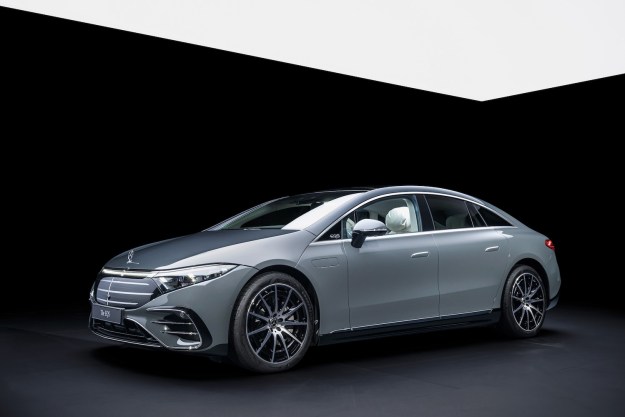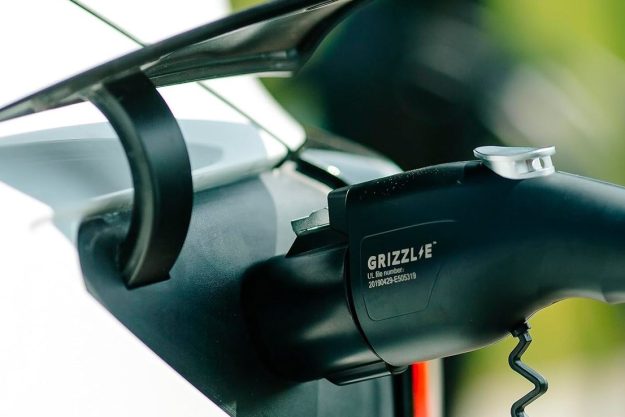
Some breaking news in the collector car world, as Auto Classics reports that James Bond’s Aston Martin DB5, one of two actual vehicles commissioned for use in the film Goldfinger, might be on the path to recovery after being stolen back in 1997.
When the film was in production, two DB5s were used for filming: one was an actual DB5 prototype fitted with all of the Q-Branch gadgets 007 used to fend off his foes in Goldfinger’s big car-chase scene, dubbed the “effects car.” The second model was used for other driving scenes, referred to as the “road car.”
Upon completion of filming Goldfinger, collector Richard D. Losee bought the “effects car” from Aston Martin for $12,000 in the late 1960s. Later on, after changing hands through several big-profile collectors, the “effects car” was thought to have been long gone after being stolen from one of its collectors in the Florida Keys just 19 years ago. Now, word is that the actual DB5 may have been located somewhere in the Middle East, according to some speculation.
“I have been given a specific tip, but we are working on it,” said Christopher A. Marinello, chief executive of Art Recover International. “We want to reach out to the collector car community and a vast array of mechanics to let them know we are very serious about recovering it.”
The original effects car prior to being stolen was owned by business magnate and bigtime car collector, Anthony Pugliese III, who bought the vehicle off Losee and stored it in a private hanger at Boca Raton Airport. Pugliese was known to collect other major Hollywood film props, such as the hat of the Wicked Witch of the West from The Wizard of Oz, and the deadly metal-rimmed hat used by Oddjob in Goldfinger.
When the theft happened, there were no signs of breaking and entering, and very few clues, with only one vehicle spotted near the scene at the time of the theft, which in turn belonged to an innocent party who lived locally. As a result, police investigators at the time believed it was a highly professional and carefully planned theft, as no alarms were triggered and none of the guards on duty at the time noticed anything suspicious.
Since the original DB5 “effects car” disappeared, urban legend suggested that the DB5 was flown over the Florida Keys and dumped into the ocean – for whatever reason. An odd story for sure — we’re not exactly sure why someone would want to do that.
Because nobody was charged in the theft, the case of James Bond’s stolen Aston Martin DB5 has since earned the title as one of the most high-profile and unsolved theft cases in the world.
As of now, current estimations suggest 007’s DB5 would be worth well over 10 million British pounds if recovered. When it was sold to Pugliese, it changed hands for just $250,000 in 1986.
While there are quite a few Aston Martin DB5s out there, especially ones used in the context of filming and promoting the original Goldfinger movie, Marinello emphasized that it’s imperative to check the supposed DB5 for its official chassis number, “DP/216/1,” in order to authenticate its existence. This is to potentially rule out the possibility that the DB5 tipped could be a lookalike or a mock-up.
“As there are many Aston Martins, it is very important that we get a shot of the chassis number, DP/216/1,” Marinello continued. “This is what we are looking for, as it is very specific to the vehicle. It is quite possible the potential in the Middle East is a mere lookalike, which is why it is crucial we retain a close-up of the chassis number.”
The other Aston Martin DB5 used for the film still exist, either in the hands of other big-time collectors, or in a museum. For example, the “road car” DB5 still exists and was last known to have sold for $4.1 million in October 2010, to collector Harry Yeaggy. Two other “press cars” used for promoting the film, but not actually used in the film, also still exist. One is in the hands of a private collector, last selling for $2.09 million in 2006, while the other is at the Louwman Museum in The Hague, Netherlands.


